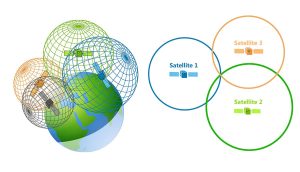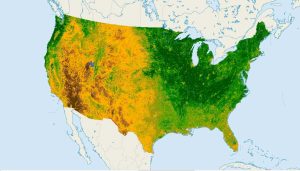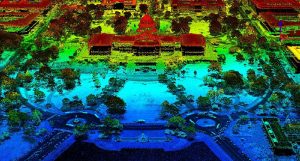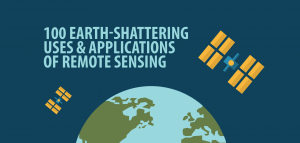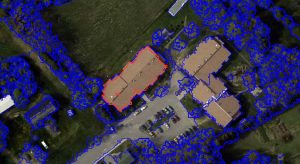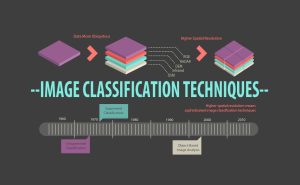Light Reflection, Absorption and Transmission in Remote Sensing
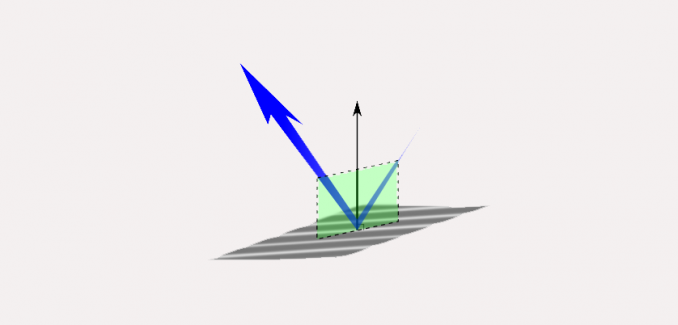
Remote Sensing Energy Mechanics
Every day, the Earth’s surface is hit by incoming electromagnetic (EM) radiation from the sun. This incident energy (Ei) strikes the Earth and it can interact with the Earth in 3 ways.
- First, it could reflect off the Earth (Er).
- Second, it could absorb into the Earth (Ea)
- Lastly, it could be transmitted energy (Et)
Some electromagnetic energy (EM) freely passes through the atmosphere window before hitting the Earth’s surface.
In remote sensing, light rays (incident energy) bounce off (reflected energy) objects back to the sensor in orbit. Actually, this reflected energy is what sensors detect.
Incident Energy
The EM radiation that actually makes it to Earth is incident energy (Ei). From here, Earth’s features reflect, absorb, and transmit different proportions of energy.
Incident energy is a combination of reflected, absorbed, and transmitted energy. Different objects on Earth reflect, absorb, and transmit different proportions of energy. This means features have different spectral reflectance. The proportion of reflected incident energy is an object’s spectral reflectance (p). Incident energy is the sum of these 3 energy types
Incident Energy Formula:
Ei = Er + Ea + Et
Incident energy interacts differently with different features on Earth. Earth’s features have different proportions of energy being reflected, absorbed, and transmitted. In other words, each object has its own spectral signature.
But sensors really detect reflected energy. These differences give our eyes and sensors the capability to differentiate objects on Earth at different wavelengths.
Light Reflection of Objects
Just like how our eyes see colors, we see things because of the way electromagnetic energy bounces off objects into our eyes.
Sensors are similar in that they detect reflected energy at specific wavelengths (visible, infrared, ultraviolet). These are ranges of wavelengths are “spectral bands”. Spectral bands are ranges of wavelength ranges. For example, the infrared spectrum is from 750 nm to 1 mm. Also, the ultraviolet range is from 100 to 400 nm.
This idea is core in multispectral and hyperspectral remote sensing. In general, multispectral images can have 3 to 10 bands. Whereas hyperspectral images have hundreds of finer bands.
The reflected energy that a sensor measures is equal to the energy incident minus the energy absorbed and transmitted.
What is the proportion of reflected energy back to the sensor compared to the incident energy from the sun?
Reflected Energy Formula:
Er = Ei – Ea – Et
And each object has a unique spectral signature that absorbs, transmits, and reflects different amounts of wavelengths.
Spectral Reflectance Formula:
p = Er / Ei
Passive vs Active Sensors
The two types of remote sensing are passive and active sensors.
Passive remote sensing measures natural energy at specific frequencies (v) (i.e. wavelength Λ).
For example, sensors can measure visible energy which is in the range of 390-700 nm.

Whereas active sensors like LIDAR send their own pulse of light and measure it when it returns to the sensor.


